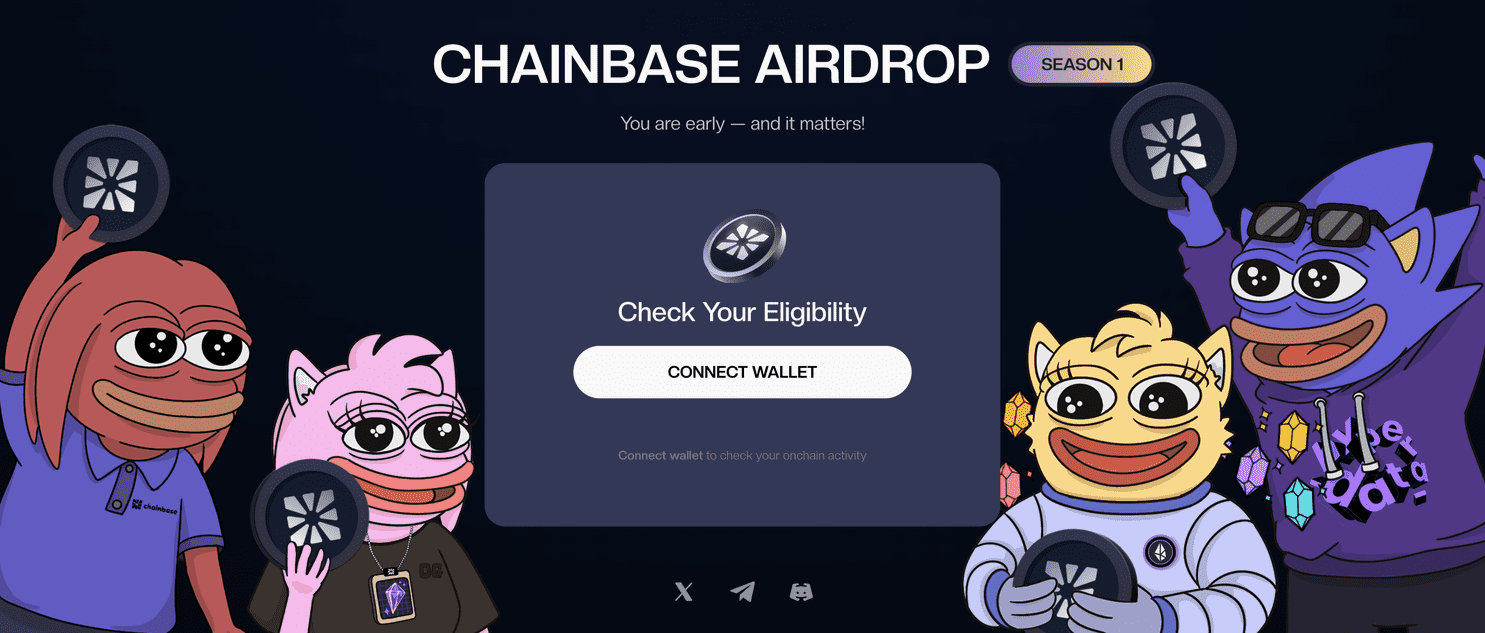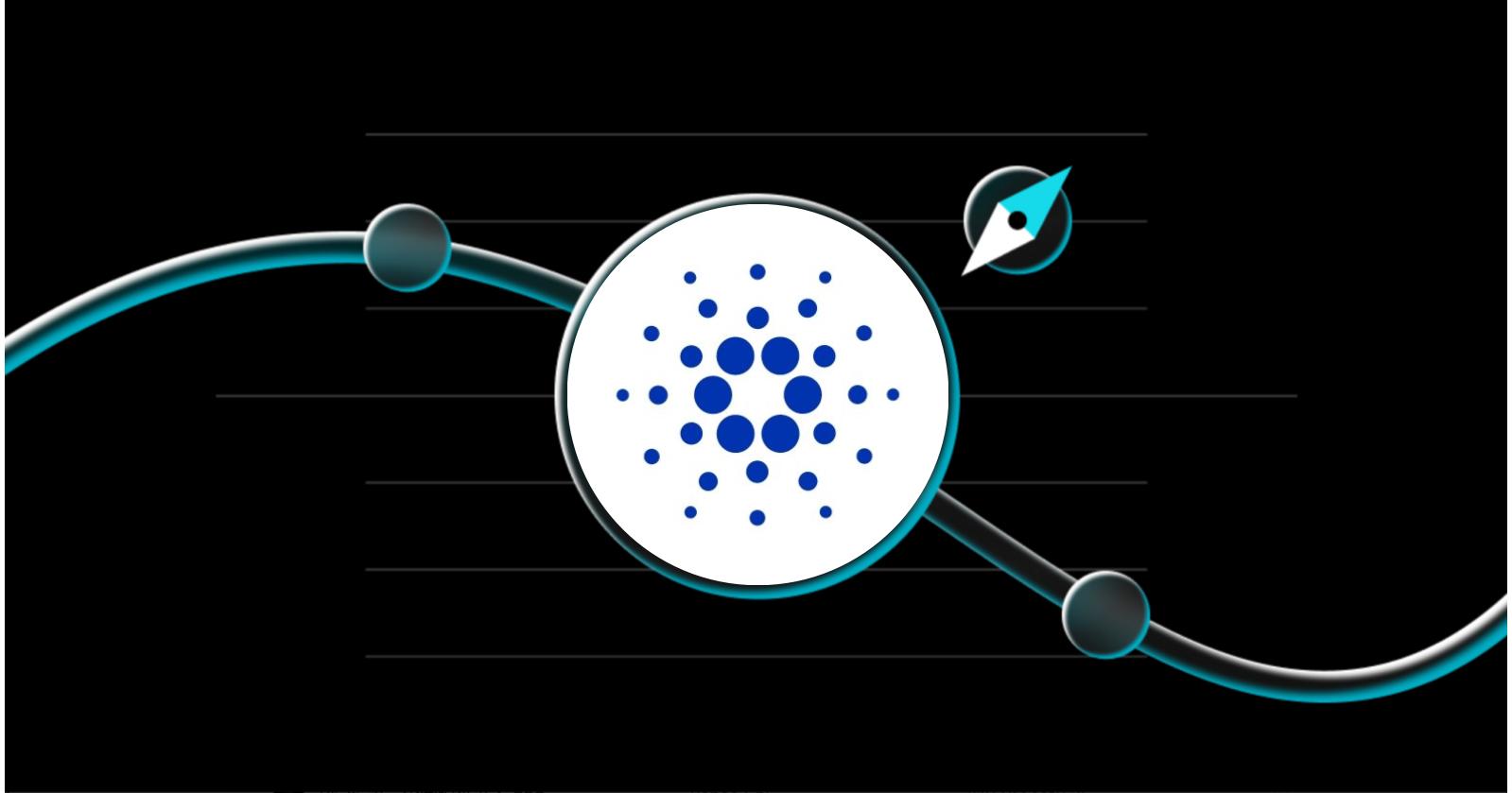What Is Chainbase (C)? The Google of Blockchain Data Explained
The world of cryptocurrency is producing more data than ever before. With hundreds of blockchains, thousands of tokens, and a constant stream of new decentralized applications, navigating this complex landscape can be challenging for investors, developers, and analysts alike. Reliable, real-time blockchain data is crucial for making smart decisions and powering next-generation crypto products.
Chainbase (C) is an emerging data network in the Web3 space, aiming to become a central source for structured blockchain information. Sometimes called “the Google of blockchain data,” Chainbase offers a way to access and use data from multiple chains through a unified platform. In this article, we’ll break down what Chainbase is, how it works, the role of its C token, and what investors should know about its ecosystem and future outlook.
What Is Chainbase (C)?

Chainbase is a decentralized data infrastructure network founded in 2021. Its main purpose is to collect, structure, and deliver blockchain data from hundreds of networks in a way that is easy to use for developers, projects, and businesses. The platform provides a unified solution for accessing both on-chain and off-chain data, making it possible to analyze, build, and innovate without the barriers of data fragmentation.
Think of Chainbase as a hub that connects to multiple blockchains and gathers their data into one place. Through its APIs and developer tools, users can access real-time information across different chains for things like DeFi analytics, NFT tracking, smart contract monitoring, and more. This approach is designed to support a wide range of applications, including decentralized finance, Web3 analytics, and AI-driven crypto tools.
Chainbase aims to solve the common problems of blockchain data—such as inconsistency, lack of structure, and limited accessibility—by standardizing how data is collected and shared. The platform also allows participants to contribute to the network and be rewarded for processing, validating, or improving data quality.
How Chainbase Works
Chainbase operates on a layered architecture that brings together multiple roles and technologies to deliver reliable blockchain data. The system is designed to be both decentralized and scalable, addressing common challenges in the crypto space like data fragmentation, latency, and security.
At the core, Chainbase collects data from various blockchains and off-chain sources, then processes and organizes it using programmable scripts known as Manuscripts. These Manuscripts define how raw data is cleaned, structured, and made ready for use in applications or analysis.
The platform is powered by several participant roles:
● Developers build and share Manuscripts, making it easier to extract and use blockchain data for their projects or others in the ecosystem.
● Operators provide computing power to run Manuscripts and process large volumes of data.
● Validators are responsible for checking data integrity and maintaining network security through a consensus mechanism.
● Delegators support the network by staking tokens with Operators or Validators in exchange for a share of rewards.
Chainbase uses a dual-chain architecture to separate data processing from consensus, improving both efficiency and security. The platform’s dual-staking model means both Operators and Validators are required to stake tokens, strengthening the overall stability of the network.
This infrastructure enables Chainbase to deliver low-latency, high-throughput data access for applications ranging from DeFi tools to AI-driven analytics, while ensuring that data remains verifiable and tamper-resistant.
What Is Chainbase Token (C)?
C is the native utility and governance token of the Chainbase network. It is used as the primary means of payment, reward, and participation within the Chainbase ecosystem.
Holders of C tokens can use them for several purposes:
● Accessing Data: Users pay C tokens to access and query datasets or to use APIs on the platform.
● Incentives and Rewards: Operators, developers, and validators receive C tokens as rewards for their contributions to data processing, validation, and network maintenance.
● Staking: Both Operators and Validators must stake C tokens to secure their roles in the network. Delegators can also stake C tokens with Operators or Validators, earning a share of network rewards.
● Governance: C token holders have the right to vote on important decisions and proposals, including upgrades, changes to rewards, and other network policies.

The total supply of C tokens is capped at 1 billion. Most of the tokens are distributed to the community, operators, developers, early investors, and for ecosystem incentives.
How to Get Free C Token Airdrop

Chainbase has launched airdrop campaigns as a way to reward early supporters and attract new users to its network. If you are interested in receiving free C tokens, there are a few main ways you can participate, depending on the latest community events and campaigns.
1. Official Airdrop Campaigns
Chainbase may organize airdrop events on its official website or airdrop portal. By registering, completing identity verification (KYC), and following specific instructions, such as making a deposit or using the platform, you could become eligible for C token rewards.
2. Trading and Activity Challenges
From time to time, Chainbase or its partners run events where users can earn C tokens by trading, completing certain tasks, or achieving volume milestones. Details and requirements vary by campaign, so checking the latest rules is important.
3. Referral Programs
You might also receive C tokens by inviting friends to join Chainbase and participate in airdrop activities. Both you and your referrals can be rewarded if the referral process is completed according to the campaign guidelines.
4. Community and Development Engagement
Early testers, active community members, or developers who contribute to the Chainbase ecosystem may be eligible for airdrop rewards. Activities could include testing features, providing feedback, or building with Chainbase tools.
Always check the official Chainbase website or community channels for the latest information about airdrop opportunities. Use caution and only trust official sources to protect yourself from potential scams.
Chainbase (C) Price Prediction 2025, 2026–2030
Chainbase (C) is a relatively new cryptocurrency, and its future price depends on multiple factors, including market demand, adoption by developers, and overall trends in blockchain data infrastructure.
● 2025: Estimates for 2025 generally place the C token in a range between $0.10 and $1.00. Short-term growth may depend on user adoption, ecosystem expansion, and overall sentiment in the crypto data sector.
● 2026: Forecasts for 2026 suggest a gradual increase, with possible prices ranging from $0.80 to $1.50 if Chainbase continues to grow and its data services see wider usage.
● 2027: If Chainbase secures more developer partnerships and becomes a standard data source in Web3, some scenarios put C token in the $1.00 to $2.00 range.
● 2028: Further expansion in blockchain data and AI integration could see C token trading between $1.20 and $2.50, assuming steady progress and no major industry disruptions.
● 2029: In a strong market environment, with continued adoption and development, the price could reach $1.50 to $3.00.
● 2030: Some long-term, optimistic predictions anticipate that C token could be valued above $2, with a potential upper target of $10 in highly bullish scenarios. However, such forecasts are highly speculative and should be viewed with caution.
As always, the actual market price will depend on real-world factors, and volatility is expected. Anyone considering an investment should stay updated on project developments and be aware of the risks.
Conclusion
Chainbase (C) stands at the crossroads of blockchain data and the next wave of decentralized technology. By offering a unified platform for accessing and structuring information across multiple blockchains, it raises interesting possibilities for how data could be used in everything from decentralized finance to AI-driven applications. The C token, as the core of this network, provides utility, governance, and incentives for a wide range of participants.
As the crypto industry evolves and the need for reliable, real-time data grows, Chainbase’s approach could shape how future blockchain projects interact with information. Could Chainbase become the standard “search engine” for blockchain data? Only time will tell, but it’s a development worth watching as the crypto data landscape continues to unfold.
Register now and explore the wonderful crypto world at Bitget!
Disclaimer: The opinions expressed in this article are for informational purposes only. This article does not constitute an endorsement of any of the products and services discussed or investment, financial, or trading advice. Qualified professionals should be consulted prior to making financial decisions.



